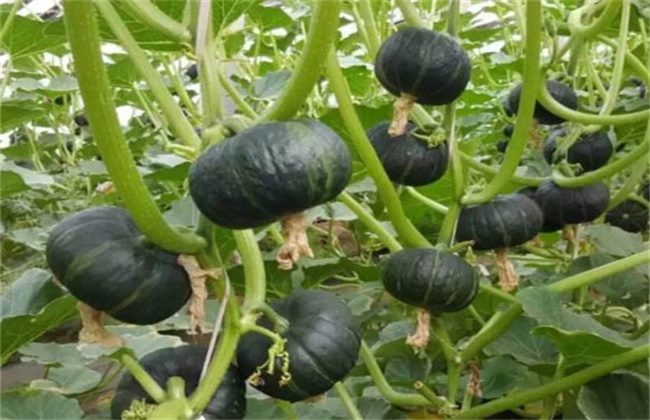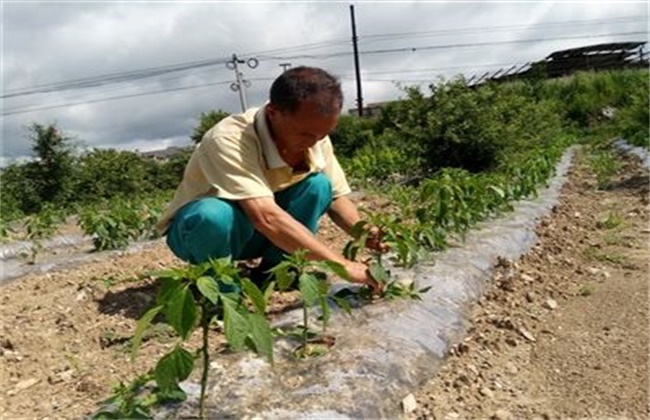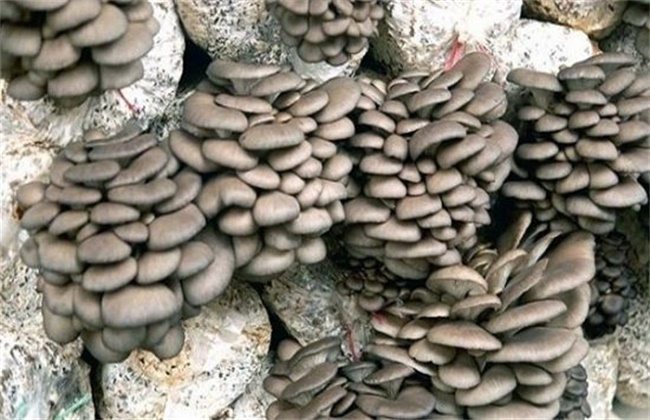Cultivation techniques of Chestnut Pumpkin
Chestnut pumpkin is a small pumpkin variety, which is also a kind of online celebrity food this year. It can be seen in supermarkets and fruit stores. It tastes sweet, soft and waxy, tastes delicate, and is mainly composed of xylose, which is not absorbed by the human body. Loved by people who lose weight. So do you know how it is planted? Let's take a look.

1. Planting time
The planting time of chestnut pumpkin varies with different regions and planting methods. the north generally chooses to plant in March-April in spring, while the temperature in the south rises rapidly, so it is generally planted in February-March. Guangxi, Yunnan and other areas can sow seeds from early December to late January, and the planting time in the greenhouse is relatively extensive, as early as mid-February and late June at the latest.
2. Seed selection and budding
First of all, we need to make a choice before planting. At present, there are still many chestnut pumpkin seeds on the market, and growers can choose and buy them according to their needs. Proper germination is needed before sowing, which can promote the seed to sprout as soon as possible. first of all, soak it in warm water of 50 degrees. The effect of sterilization and disinfection can also be soaked in clean water for 36 hours. When it absorbs enough water, put it on a wet cloth, or put it in a thermostat to accelerate germination, the seeds can be seen to show their white heads in about two days, and then they can be sown.
3. Sowing and raising seedlings
When sowing, we should pay attention to keep the seedling bed moist, and appropriate water spraying is needed during this period. Generally, the seedlings will sprout in about a week, and when they grow to 4 true leaves, they can be transplanted. It is necessary to control watering one week before transplanting in order to achieve the effect of seedling refinement, watering once a day within three days of planting, preferably watering in the morning, and checking and replenishing seedlings. Thin urea was applied once a week after planting, and phosphorus and potassium fertilizer was applied in time after entering the spreading period.
4. Field management
When the main vine grows to 25, it is necessary to hang the vine, remove the excess branches, reduce unnecessary nutrient consumption, and increase permeability. After entering the flowering and fruiting period, artificial pollination should be carried out. Generally, two pumpkins are kept on one main vine, so as to ensure an adequate supply of pumpkin nutrients. In the pumpkin fruit setting period, topdressing twice, once after the first melon fruit setting, about 50 kg cake fertilizer per mu, the second topdressing after the second melon fruit setting, 30 kg compound fertilizer per mu.
The above is the introduction of chestnut pumpkin cultivation techniques, hope to help you, want to know more related knowledge, please pay attention to us.
Related
- Where is it suitable to grow horseradish in China? it is expected to see the middle altitude horseradish in Alishan.
- How to prevent tomato virus disease reasonably? (Control methods included)
- Many people like to plant towel gourd on the balcony. What are the main points of this method and management?
- What crops can chili peppers be mixed with?
- Fertilization techniques and matters needing attention in Tomato
- What are the grafting techniques for peach seedlings in spring?
- Harm and control methods of root swelling disease of Chinese cabbage
- What are the pests of sweet potatoes? How to prevent and cure it?
- Symptoms, causes and Control methods of navel Rot in Tomato
- The cause of "Cucumber rotten bibcock" in Farmers' planting Cucumber and its Control Plan



